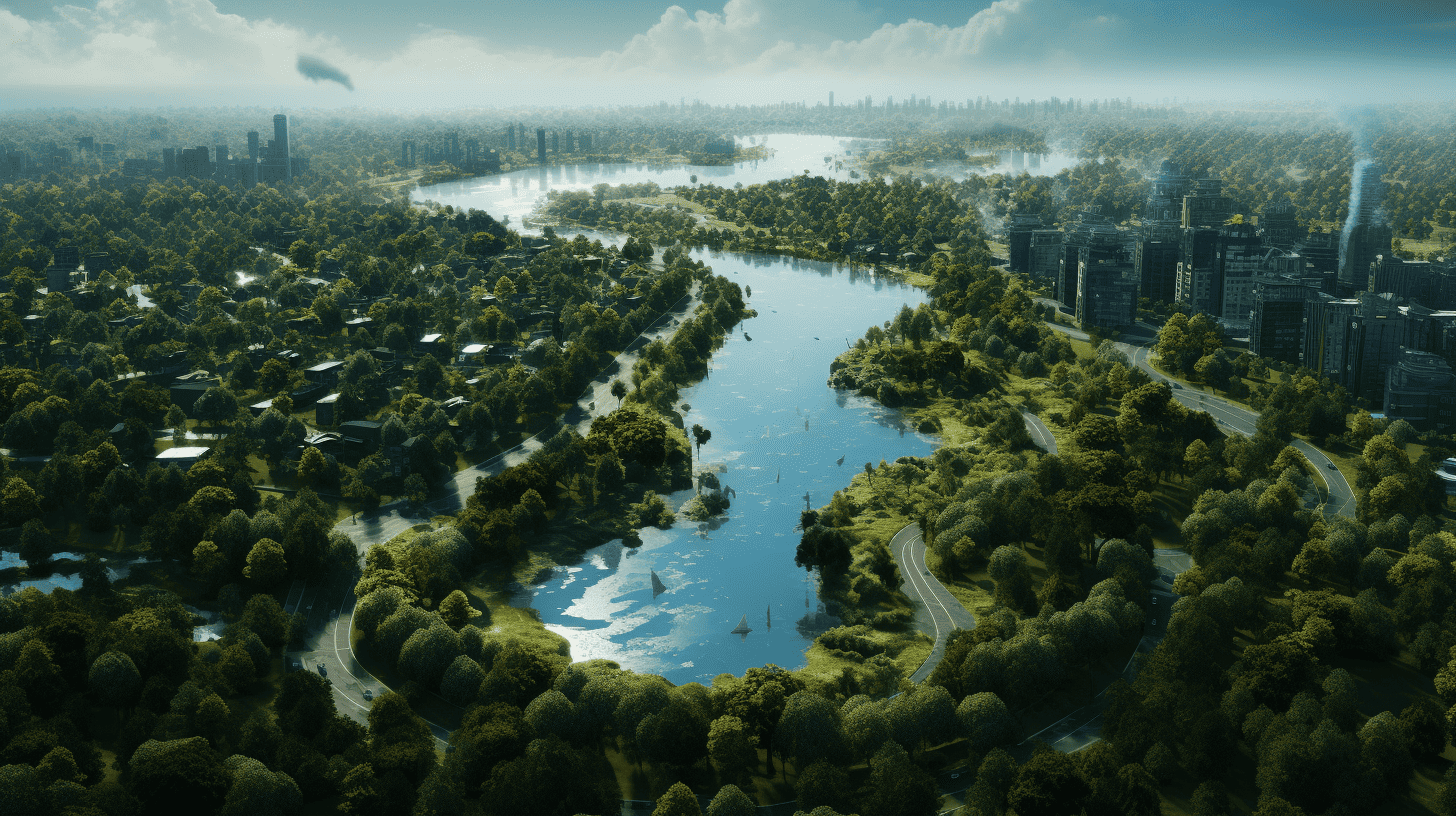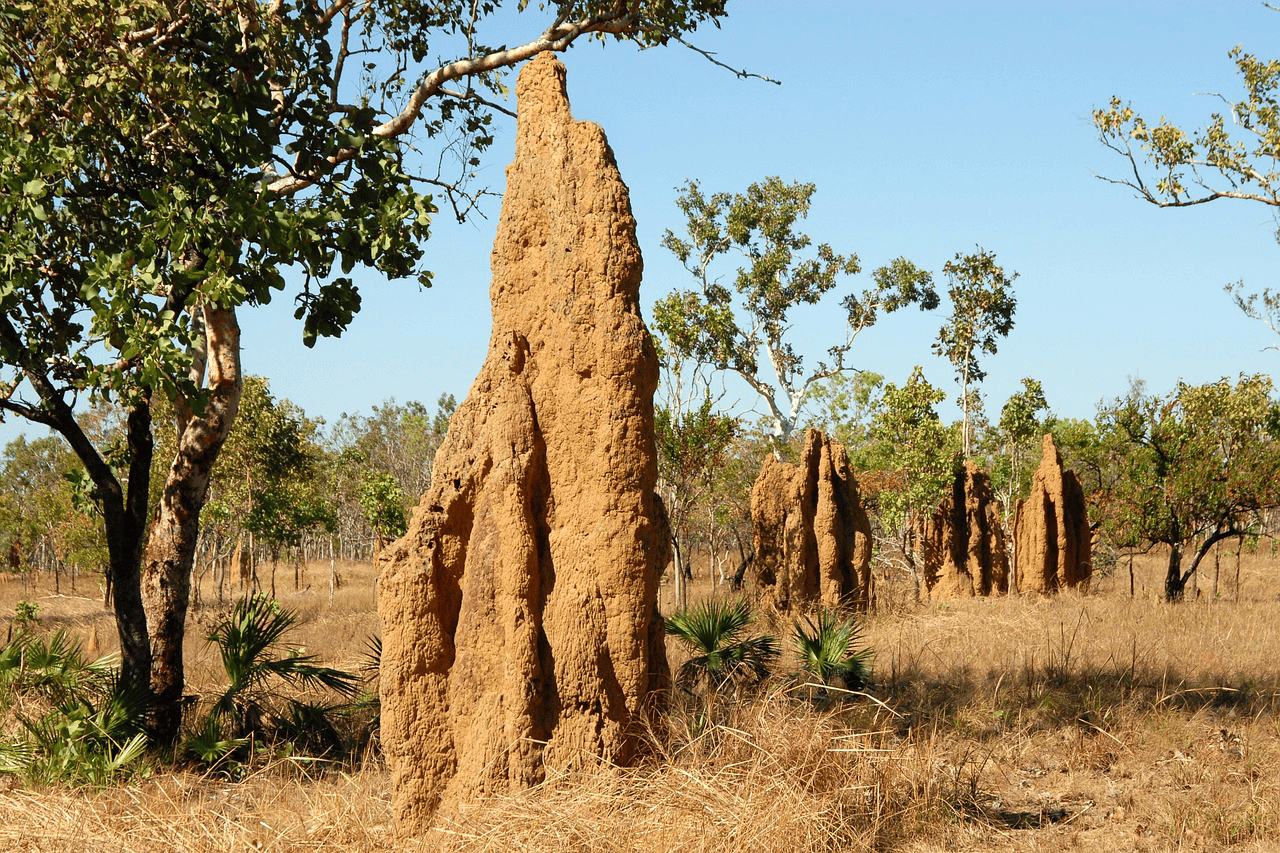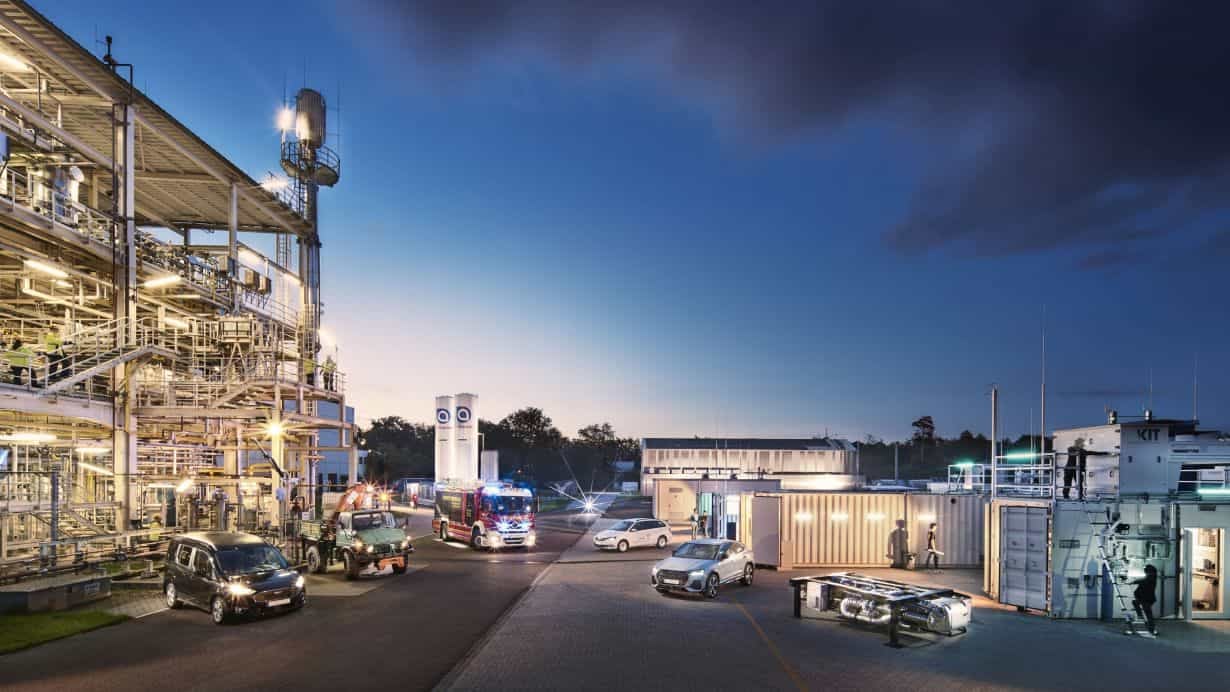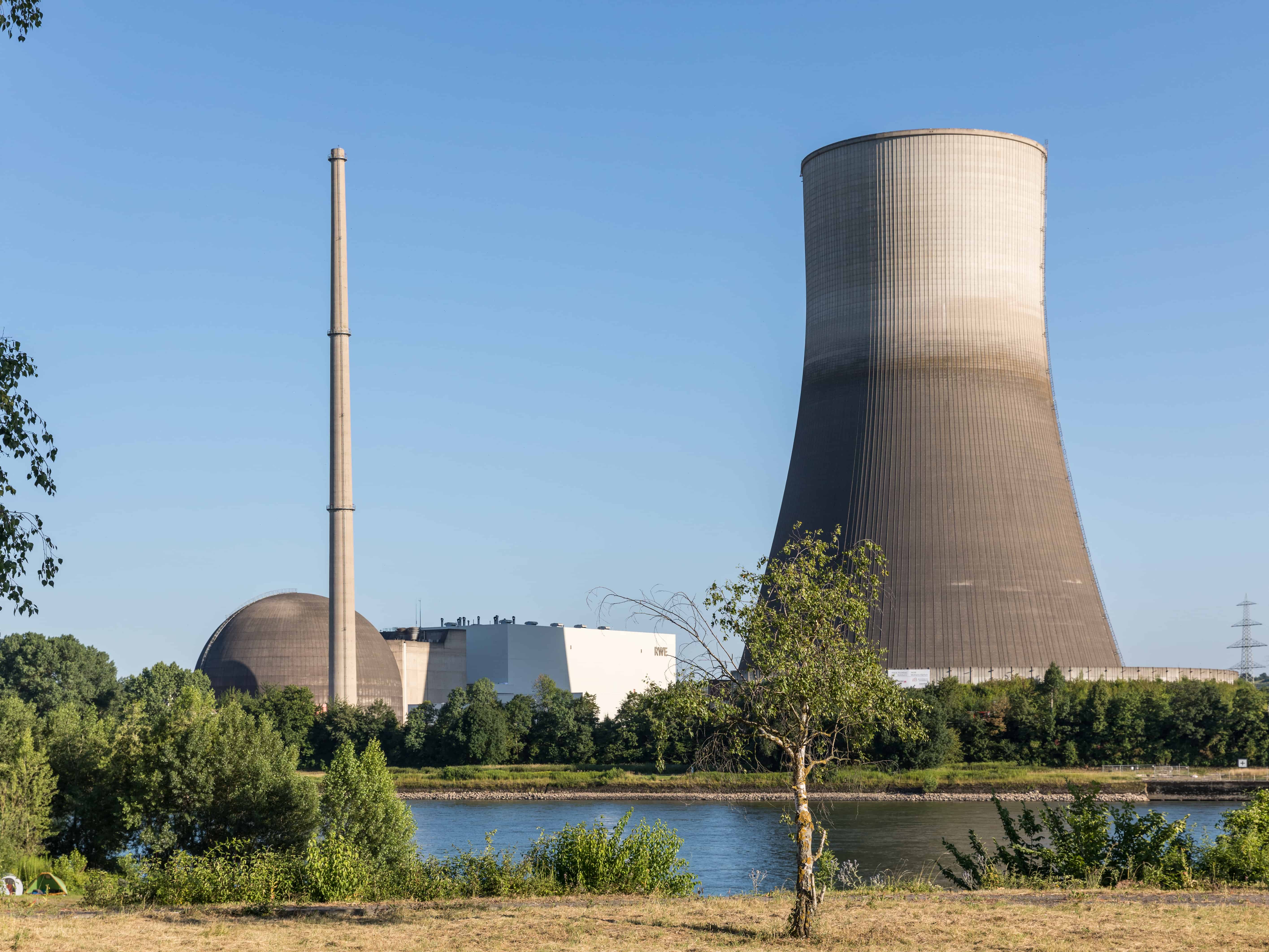
People who determine urban planning and climate policy often live in a distorted reality: they live in quiet and leafy neighborhoods, experience road traffic primarily as car drivers and are often second-home owners and frequent flyers. Overall, they contribute more to climate change than average city dwellers who live in densely populated neighborhoods surrounded by asphalt, concrete and traffic noise. Nevertheless, it is the socially privileged who carry relatively more weight in urban planning or environmental decision-making processes. This is not fair, says biologist and spatial planner Dr. Sonja Gantioler of EURAC Research in Bolzano, Italy, because socially disadvantaged people suffer more from increasingly acute problems such as heat islands, flooding after heavy rain, air pollution and dwindling biodiversity. The researcher has already dealt with equitable access to ecological space in the city in her dissertation. Now she is coordinating the EU project JUSTNature, which aims to lay the foundation for the right to ecological space.
Nature-based solutions
The project is focused on six European cities where practical laboratories are being set up and appropriate nature-based solutions for a better environment are being developed. The goal is to make cities climate-resilient and sustainable and adapt them to climate change. Nature-based solutions are preferable to engineered solutions, explains Dr. Silvia Croce of the Institute for Renewable Energy at EURAC Research. She wrote her dissertation on the use of urban land and will contribute this expertise to the JUSTNature project.
Environmental benefits can be gained, for example, by growing different types of vegetation in vacant lots and urban areas. In addition to preserving biodiversity, this can also create the conditions for urban agriculture within city limits.
Another natural nature-based solution would be the use of water for various purposes, including stormwater management and evaporative cooling.
Also of interest: Nature itself can mitigate the impact of extreme weather events
Technical solutions fall into the category of using renewable energy sources and cool materials that can maintain cooler surface temperatures. One example is the application of whitetopping to asphalt surfaces to constantly lower air temperatures, Croce said.
Mammoth task
Exactly what will happen in the six urban practice labs is still to be seen, but it’s all about the right to ecological space and – in this context – co-creation with citizens. The challenge is to design participation processes such that the same groups and generations do not always have a say. After all, the people who live in a place and deal with it on a daily basis are also experts. This expertise must be included. You also have to look at power dynamics and question existing structures. “That’s a mammoth task,” Gantioler says with a laugh.
In addition, selecting the most appropriate nature-based solutions for an urban area can also be a major challenge, Croce says. Fundamental to this are clear city- and site-specific goals that define criteria to guide both the type of surface use and the evaluation of its performance. Thus, the approach is based on several criteria and is favored by a wide range of solutions that can be applied to urban surfaces.
Urban land
Urban surfaces include both ground and building surfaces. The latter are often considered only as protective and insulating layers of indoor spaces. But they also have great potential as nature-based solutions to improve climate resilience and sustainability. According to Croce, “It’s estimated that roofs account for about 20 to 25 percent of the total urban surface area, and the surface area of facades almost twice that.”
Yet there is no ideal land use that has the potential to meet goals in all three categories: climate resilience, sustainability and adaptation. For example, a previous case study in Bolzano focused only on the green solutions-use cluster, and that wasn’t enough to solve all three problems, Croce explains. Green solutions were found to help improve human thermal comfort, for example, but have limited cooling effects. Under certain conditions, they can also cause air temperatures to rise. Croce says, “But by combining several solutions, it is possible to overcome the main limitations of individual surface use scenarios. That’s what the results have shown.”
Economic and social indicators
An assessment of economic and social indicators is needed to evaluate the sustainability of the entire life-cycle as well as the technical limitations and feasibility of nature-based solutions.
Like environmental issues, economic assessments of nature-based solutions turn out to be city- and site-specific. Also to be considered is that while some solutions have lower implementation costs than others, they can come with high maintenance costs, Croce says.
Gantioler cautions that the benefits ecosystems bring to society are still hard to express in monetary terms. After all, what is the price tag for enabling children to play on an urban wasteland instead of sitting in front of a Playstation? she asks.
There is a consensus that nature-based solutions are very cost-effective for society as a whole, meaning that much can be achieved with a comparatively small financial outlay. Nevertheless, the benefits of nature-based solutions are still systematically underestimated in analyses with an inhibiting effect on investments, according to one study.
Not a green band-aid
But the expert warns against using nature-based solutions to justify maintaining systems that are harmful to the environment. As an example, she cites the moss wall at the Neckartor gate in Stuttgart, where one of the highest levels of particulate pollution in Germany is measured. Expectations of the moss wall’s air-cleaning effect were far exaggerated, she says, because “nature-based solutions cannot be a substitute for unpopular political measures – such as reducing car traffic,” Gantioler concludes.
Nor should they be seen as a compensatory measure for soil sealing. If areas are paved over, the loss of ground surface cannot simply be offset by a green roof or an ivy facade on a new building. Rather, it is necessary to consider how existing natural structures can be preserved and integrated. That is the only way to create a sustainable basis for the right to ecological space.
Also interesting: Flood protection: The city as a sponge






